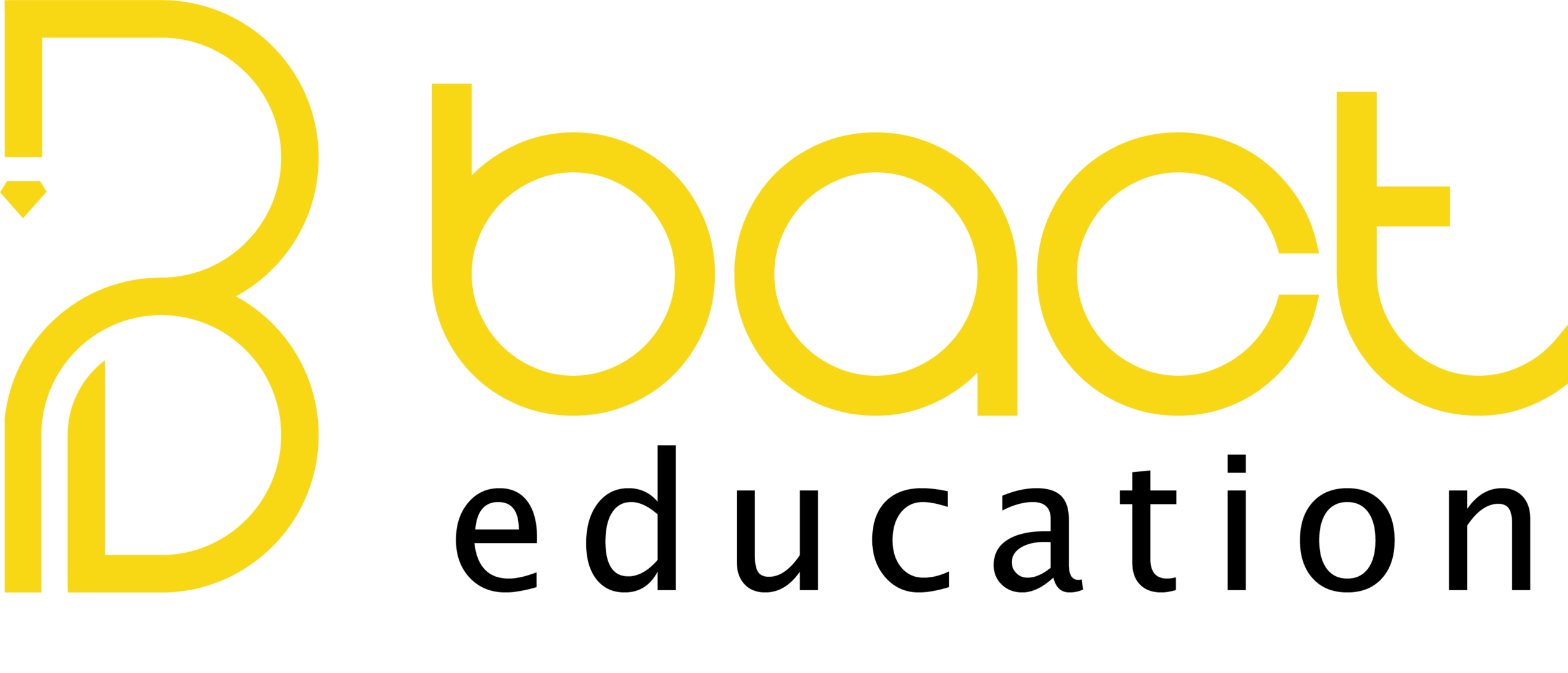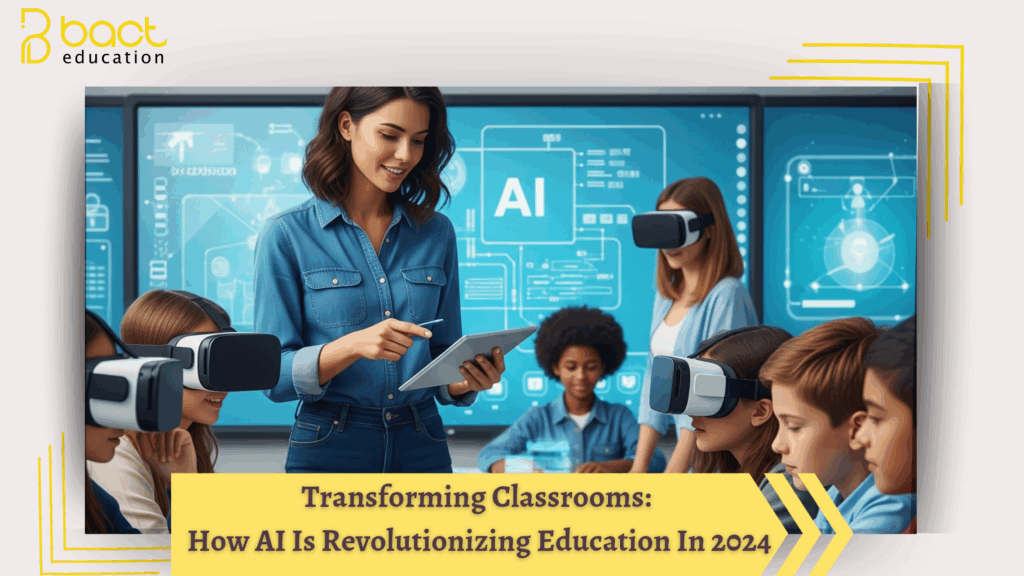Transforming Classrooms: How AI is Revolutionizing Education in 2024
Introduction
Artificial Intelligence (AI) is no longer a futuristic concept—it’s reshaping education today. From personalized learning paths to automated grading systems, AI is unlocking unprecedented opportunities for students, teachers, and institutions. But how exactly is AI being implemented in classrooms, and what does this mean for the future of education? Let’s explore the innovations, challenges, and real-world applications driving this transformation.
1. Personalized Learning: Education Tailored to Every Student
AI-powered adaptive learning platforms are dismantling the “one-size-fits-all” approach. Tools like adaptive algorithms analyze student performance in real time to:
- Identify knowledge gaps and recommend targeted resources.
- Adjust lesson difficulty based on individual progress (e.g., platforms like Khan Academy and Duolingo).
- Provide instant feedback, reducing dependency on overburdened teachers.
Example: A 2023 Stanford study found that AI-driven tutoring systems improved math scores by 34% in underperforming schools.
2. Automating Administrative Tasks: Freeing Teachers to Teach
Educators spend up to 50% of their time on administrative work. AI streamlines these tasks through:
- Automated grading for quizzes and essays (e.g., Turnitin’s AI feedback tools).
- AI chat bots like ChatGPT handling routine student inquiries.
- Predictive analytics to flag at-risk students early, enabling timely interventions.
Case Study: Georgia State University reduced dropout rates by 22% using AI to track student engagement and trigger support actions.
3. Bridging Accessibility Gaps
AI is democratizing education for marginalized groups:
- Language translation tools break barriers for non-native speakers.
- Voice-to-text and text-to-speech AI aids students with disabilities.
- Low-cost AI tutors provide 24/7 support in underserved regions.
Stat: UNESCO reports AI-driven tools have expanded access to quality STEM education for 2.5 million girls in rural areas since 2020.
4. Challenges and Ethical Considerations
While AI offers immense potential, its implementation isn’t without hurdles:
- Data Privacy: Safeguarding student information from breaches.
- Bias in Algorithms: Ensuring AI systems don’t perpetuate inequalities (e.g., facial recognition errors in proctoring software).
- Teacher Training: Equipping educators with AI literacy to avoid over-reliance on technology.
Key Insight: The World Economic Forum emphasizes the need for “human-in-the-loop” AI—where technology supports, not replaces, educators.
5. The Future of AI in Education
Emerging trends to watch:
- Metaverse Classrooms: VR + AI creating immersive learning environments.
- Emotion-sensing AI: Tools that detect student frustration or disengagement.
- Lifelong Learning Platforms: AI curating upskilling paths for professionals.
Quote: “AI won’t replace teachers, but teachers who use AI will replace those who don’t.” — Dr. Jane Smith, EdTech Futurist.
Conclusion: Embracing the AI-Powered Learning Revolution
The integration of AI in education isn’t about replacing human interaction—it’s about enhancing it. By automating repetitive tasks, personalizing instruction, and expanding access, AI empowers educators to focus on what truly matters: inspiring critical thinking, creativity, and curiosity.
For institutions, the time to act is now. Investing in AI training for staff, prioritizing ethical AI frameworks, and partnering with trusted EdTech providers (like BACT!) will ensure schools remain competitive in this rapidly evolving landscape.
Contact us:
Whatsapp +971582491660
Call: +971522395888
Landline: +97144470880

